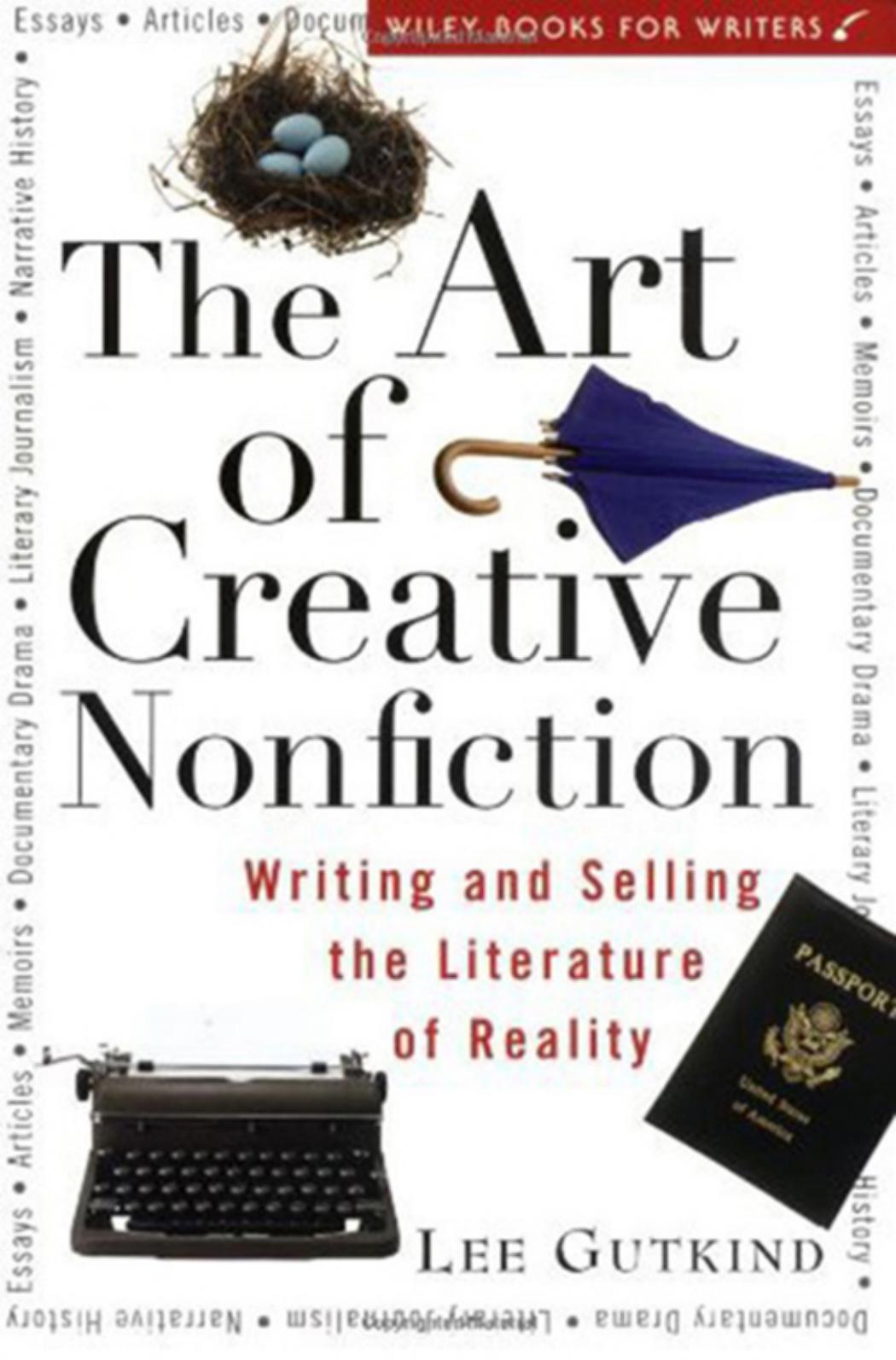The Art of Creative Nonfiction: Writing and Selling the Literature of Reality by Lee Gutkind

Author:Lee Gutkind [Gutkind, Lee]
Language: eng
Format: epub, mobi, pdf
Tags: Writing, Non-Fiction
ISBN: 9780471113560
Amazon: 0471113565
Goodreads: 635627
Publisher: Wiley
Published: 1997-01-01T05:00:00+00:00
Page 116
Page 117
12 The Elusive Truth 12.1 Permission to Lie. During a talk to one of my graduate level (MFA) classes at the University of Pittsburgh, Jane Bernstein, author of the memoir Loving Rachel, a book about a family's ability to come to grips with the birth of a severely handicapped child and the inevitable adjustments and accommodations that follow, made a statement that ignited controversy and fueled a debate that lasted the entire term. Bernstein, who had previously published two novels, was discussing the difficulty of making a transition from fiction to nonfiction-learning to apply all the techniques and devices she had utilized in fiction to her nonfiction-without altering the truth. When she began writing this book about her family she found herself blocked by habit and by the conflict between the two genres. "I couldn't write--or rather, I couldn't write the way I wanted to write. And so,"
said Bernstein, "I had no choice. In order to get my book going, I had to grant myself permission to lie." To put it another way, she approached her book project with the three-dimensional frame of mind of the novelist. Bernstein did not mean that she wanted to make up facts or tell stories that were not true. But the narrow range of creative options
Page 118
The Nonfiction Part traditionally granted to a journalist inhibited her writing. Giving herself "permission to lie" permitted expansive thinking; it allowed three- dimensional thought and scenic expression in a novelistic context. In other words, she did not allow her writing momentum to be interrupted by the literal truth of what happened to her daughter Rachel and the rest of the family. She recreated ideas and details from memory, as best as she could. After her first draft was completed from beginning to end and the revision and rewriting process was launched, Bernstein removed or repaired the "lies" she had inserted.
From her point of view, Loving Rachel was as true and honest as possible. She then submitted complete drafts of the book to her husband and to the half dozen physicians who had worked with or counseled her family over the years. They returned the manuscripts without so much as a single change. Giving herself permission to lie led to as true a document as possible-from all of the players' points of view. It is important to point out that Bernstein was working from memory ; she had taken few notes about the first year of Rachel's life, on which the book was centered. Rachel's long-range health and her entire family's future was in jeopardy. Bernstein did not have the time to write down everything that had happened to her while she was living it. It is not certain that the physicians who fact checked her manuscript actually said, verbatim, exactly what Bernstein remembered that they said, and whether the conversations and the scenes and the surroundings were exactly as Bernstein had reported them. But according to the characters involved in the experience-the people about whom she was writing-her version or reconstruction was conceivable-a correct approximation .
Download
The Art of Creative Nonfiction: Writing and Selling the Literature of Reality by Lee Gutkind.mobi
The Art of Creative Nonfiction: Writing and Selling the Literature of Reality by Lee Gutkind.pdf
This site does not store any files on its server. We only index and link to content provided by other sites. Please contact the content providers to delete copyright contents if any and email us, we'll remove relevant links or contents immediately.
| Authorship | Bibliographies & Indexes |
| Book Industry |
Autoboyography by Christina Lauren(4670)
Asking the Right Questions: A Guide to Critical Thinking by M. Neil Browne & Stuart M. Keeley(4567)
Dialogue by Robert McKee(3577)
Eat That Frog! by Brian Tracy(3509)
Sticky Fingers by Joe Hagan(3451)
Journeys Out of the Body by Robert Monroe(2980)
Elements of Style 2017 by Richard De A'Morelli(2940)
Annapurna by Maurice Herzog(2834)
Schaum's Quick Guide to Writing Great Short Stories by Margaret Lucke(2797)
Full Circle by Michael Palin(2764)
The Diviners by Libba Bray(2438)
The Art of Dramatic Writing: Its Basis in the Creative Interpretation of Human Motives by Egri Lajos(2410)
The Mental Game of Writing: How to Overcome Obstacles, Stay Creative and Productive, and Free Your Mind for Success by James Scott Bell(2389)
Why I Write by George Orwell(2356)
Atlas Obscura by Joshua Foer(2349)
In Patagonia by Bruce Chatwin(2263)
The Fight by Norman Mailer(2154)
The Elements of Style by William Strunk and E. B. White(2074)
Venice by Jan Morris(2048)
